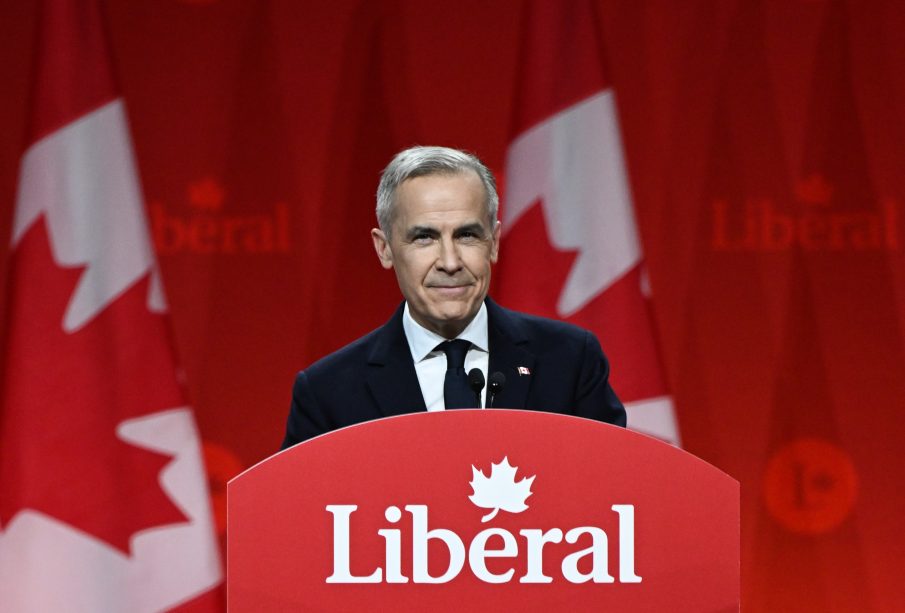Mark Carney: A Leader in Global Finance and Sustainability

Introduction
Mark Carney, a prominent figure in global finance, has made significant contributions to both monetary policy and climate change awareness. His leadership roles, including Governor of the Bank of Canada and the Bank of England, have established him as a key player in shaping economic policies that address not only traditional financial issues but also the pressing challenges posed by climate change. As climate risks increasingly threaten financial stability, Carney’s insights and initiatives are more relevant than ever.
Carney’s Background and Achievements
Carney was born in 1965 in Fort Smith, Northwest Territories. He studied at Harvard University and the University of Oxford, prior to entering the world of finance. His career began at Goldman Sachs, followed by his appointment at the Bank of Canada in 2008 amid the global financial crisis. Carney’s adept crisis management led him to be appointed as the first non-British Governor of the Bank of England in 2013.
Throughout his tenure, Carney focused on stabilizing the British economy and was influential in implementing measures that strengthened banking regulations. He gained further recognition for his advocacy for the importance of climate change in financial decision-making. Under his leadership, the Financial Stability Board launched the Task Force on Climate-related Financial Disclosures (TCFD) to help companies disclose climate risks.
Recent Activities and Impact
After leaving the Bank of England in March 2020, Carney continued to serve as a global leader in climate finance. He has been active in various climate and finance initiatives, including his current role as the UN Special Envoy for Climate Action and Finance. His commitment to responsible investing and climate action culminated in his involvement in the Glasgow Financial Alliance for Net Zero (GFANZ), which aims to align financial institutions’ investments with the goals of the Paris Agreement.
Carney has also been vocal about the need for global regulatory frameworks to address climate change, urging financial institutions to adopt sustainable practices and encouraging investments destined for renewable energies. His efforts emphasize the integration of sustainability into the core of financial decision-making.
Conclusion
Mark Carney stands as a pivotal figure in connecting the worlds of finance and environmental policy. His leadership has not only ushered in significant regulatory reforms but has also initiated crucial conversations about sustainability and climate-related risks within the financial sector. As the global economy grapples with the realities of climate change, Carney’s approach serves as a benchmark for ensuring that financial systems are resilient and that they contribute positively to the climate agenda. His ongoing efforts will surely greatly influence future policies in global finance and environmental sustainability.





